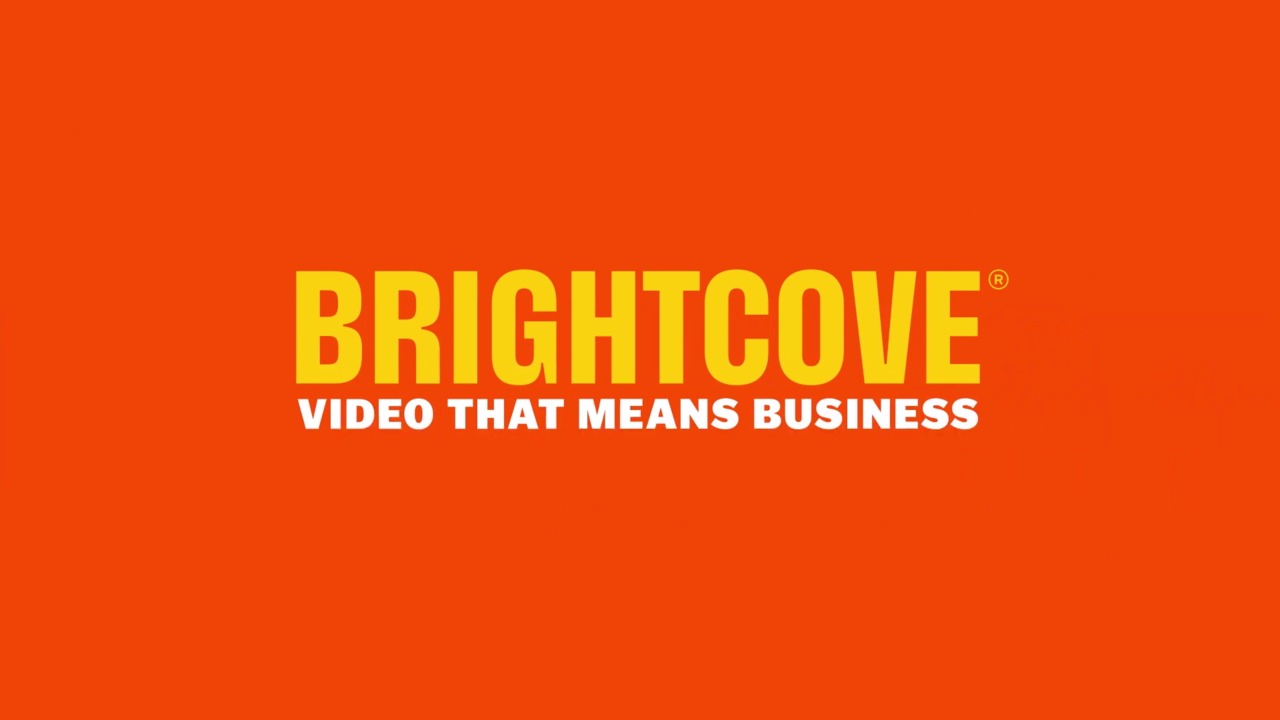 By its very definition a niche means a distinct segment of a market. And it's a great place to be in business. It should mean that competition is low and that your consumers are very loyal. The trade off is that your available market segment can be relatively small and hard to reach. So then how do you look to grow and scale whilst trying to protect the advantage that your niche gives you?
By its very definition a niche means a distinct segment of a market. And it's a great place to be in business. It should mean that competition is low and that your consumers are very loyal. The trade off is that your available market segment can be relatively small and hard to reach. So then how do you look to grow and scale whilst trying to protect the advantage that your niche gives you?
If you're selling access to niche video content or using video to facilitate the sale of your niche service and/or products then you know how very difficult it can be to reach new audiences and grow your business. Or at least that's what you may think... here are four strategies that can help you overcome the inherent paradox of growing a niche business using online video.
Growth Strategy 1: Deploy online video to allow anyone, pretty much anywhere to access your offerings
The Internet has broken down traditional boundaries based on taste, gender, age, location, income to name but a few definers. Now anyone, pretty much anywhere can access your content on Golf Lessons, Wine Tasting or Magic Tricks. So by just embracing the use of online media like Brightcove Video you've gone a long way to help building scale for your product.
Growth Strategy 2: Turn your users into your sales force with tools to shower you with praise and recommend you
Now that you're out there in front of the consumers you can now look to leverage them as your own sales force. Give them the tools to show their appreciation and recommend you to others. Deploy the Facebook Like button on your videos, allow users to Tweet your videos, send them via email, blog about them, comment on them, rate them. People befriend like-minded people and if your business speaks to a specific profile, chances are groups of this type of individual already exist as sub networks in the great digital social network. Plug in where you can and encourage growth of them if they don't exist already (with your brand as the central node of course!)
Growth Strategy 3: Streamline conversion for your product
If your primary product is your video then it can be as easy as plugging in an ad network to start getting revenue based on consumption. However for niche video content you may have already found that traditional ad-support models don't work on lower volume content (remember we're trying to grow the volume here, it's not there yet!). So you may have added in a payment gateway in a PayPerView strategy.
This can be a very powerful first step if you keep in mind that you need to be careful with how you deploy this. Getting money from someone before they can sample the goods is a poor and effectively dead-end strategy. Think about it as being in a shop. You can pick up and, to a certain degree, sample the goods before being charged for them. This experience should be no different to your online presence and access to your videos.
On the other hand if you're using videos to facilitate the sale of a product/service then consider the user journey from the end of the video to the check out of a purchase. It should flow and have as little steps as possible to avoid the consumer abandoning the transaction. The video should do the selling by imparting an emotive impulsive into the viewer. This impluse can be translated into a sale if the conversion can happen before the impulse dissipates. So getting the user from the video to the checkout in the quickest time will be good for continued conversion and growth of your bottom line.
Growth Strategy 4: React to and internalize how your users consume your video
We all like to think we're experts in our areas. Especially when we're serving up niche content and/or product and services. And in truth we probably are. What we're most likely NOT experts in is human consumption behaviour. There is a real science (and art) to creating engaging video experiences irrespective of the content type or the message contain within.
Video is about telling the story, and a master story tell can make the phone book sound exciting! So it's incredibly important that you are reviewing how your content is going down with your users, and reacting to any trends you identify. This doesn't need to be over complicated with a million and one reports all blazing at you in real time. You're not sitting in NASA's command center controlling the shuttle lift off for crying out loud. But it does mean looking at what is the hallmark of video creation success: engagement. Are your users dropping off? If so where? And most importantly, if they are dropping off are they leaving before the best bits of your content?!
Use the built-in analytics to assess video engagement performance, make some decisions around the trends in the data, those decisions should then reflect back into your video creation and editorial processes. Not hard at all.
Score Yourself
Why not score yourself out of 10 against the following list to see where you're sitting currently and to help give you some ideas of how you can improve your chances to grow?
| Task | Your Score | Comments |
|---|---|---|
|
Deployed online video in effective places |
To score a 10 you will need to have video very seamlessly factored into your user journey. If your primary product is niche video content then you probably already do this. However if you are hoping to facilitate the sale of your niche product/services then video positioning may not be as effective it needs to be. The goal is to get video, or the fact that you have video, in front of the user as quickly as possible. Add a bonus point if you're leveraging our HTML5 Smart players and/or our mobile SDKs to get your video experience onto all connected devices. An example of a 10 can be seen here: Austin Brooks where you get the message of the existence of a video library first thing! |
|
|
Application of social media and sharing tools |
There are many ways to connect your Brightcove video to the social network. To be honest, to score a 10 here it's not just about throwing everything at the wall and seeing what sticks. You'll need to put in a bit more smarts than that. Leverage our ability to connect into Facebook by letting users post the video to their news feed, or deploy the Facebook Like button. Twitter represents massive networks of influence and for niche products this could be a real seam to mine. Out of the box ability to share the video via email still counts as a very effective way of letting your users sell your story for you. It's the one thing we ALL use today. An excellent example of number 10 is Thomas Pink - share the video into your Facebook newsfeed then head over there and see how cool the branded in-feed experience really is. |
|
|
Sale Conversion |
So this is a bit more unique. The base idea here though is that consumers are using the video to complete the sale transaction. If the video is your product then making it easy to find the video is the first step to a perfect 10. But to get there fully a user needs to be able to continue the snacking and overall consumption of video (repeat purchases effectively). In places where video is facilitating the sale of a product it needs to a core component in the user journey for the sale transaction. It could be during the discovery phase holding the description of the product (this will be about 99.99% of the cases) - think branded content. But to get that perfect 10 you should bring the checkout forward right into the video playback experience. Check out some in video shopping examples here: Cavi.TV |
|
|
Feedback Control |
Want a 10? Well that's easy. Make sure you build in some time in your day to review your user engagement reports and learn from them. It's certainly not rocket science. If users are dropping off 30 seconds into a 3 minute clip then you need to consider why you have a 3 minute clip at all! Can the clip be re-edited for the user to watch more of the content? Or should it be slimmed down? There's no perfect science to this and it really depends on the uniqueness of your situation. But the fundamentals are clear - you have a drop off then you need your core message and call-to-action to come before that drop off! Have a look at this site that does a brand content approach via an infomercial approach - teaching you how to make a lasagna while selling in their particular brand of cottage cheese. You don't need to use it but because the video recipe is so helpful and engaging I probably will! |
--Cameron Church
@cameronchurch

